Cyrus Audio CD t-XR - CD Transport
TRANSPORT/SERVO
Several years ago, Cyrus invested heavily in developing our own in-house CD ‘Servo’ mechanism, our ‘Servo Evolution’. The design principle is to read as much information as possible from the disc itself first time, rather than having to rely on ‘re-reads’ or ‘error-correction’.
Whilst it is true that the data on a CDs is stored in ‘1s and 0s’, the way it is read, using picking up different frequencies of reflected light, has analogue elements to it. Therefore, precision engineering can improve the performance. Off-the-shelf mechanisms produce significant ‘system noise’ when the stepper motors of the mechanism are required to be used during the error correction processes when the data was not picked up on the first pass. Our ‘Servo-Evolution’ system reduces these re-reads and corrections by around 20%, producing not only a cleaner data stream, but significantly less noise.
INTERNAL POWER SUPPLY
The CDt-XR, like all products in the XR series, has had a complete overhaul of the power supplies to each circuit section. The power supplies are much stiffer and have enabled the Cyrus engineers to the get the remarkable SE engine to run even more quietly.
CONTAINING NOISE
Upgraded components along with intelligently designed circuits using ‘counter-current’ methodologies to reduce noise pickup are in evidence throughout the design.
The fundamental principle is that power starts at the ‘quietest’ part of the circuit, before flowing towards the ‘noiser’ sections. Less noise is therefore ‘carried’ or induced into the power paths, limiting the transmission of noise inside the product. Whilst this sounds logical, the application in practice is incredibly complex, and needs to be considered at a system-wide level. Even the geometric alignment of individual components has been optimized to facilitate the cleanest possible flow of power and musical signal.
SPECIAL CONSIDERATIONS
A key improvement in the CDt-XR is the re-clocking of the digital signal just before it exits the case. Although noise and timing accuracy are both carefully managed throughout the circuit, this final re-clocking ensures the absolute purity of the outbound digital signal through both the optical and coaxial connections.
It’s worth noting that whilst an integrated CD player offers exceptional value and, although the CDi-XR is as close to ideal as technology reasonably allows, the presence of a DAC circuit in the same case, means the sound can never be as ‘absolutely’ clean as that from a dedicated transport. That, coupled with the fact that the integrated and pre-amplifiers in the XR series, all have pristine on-board Gen 2 QXR DACs, means the CDt-XR is, when used with a complete Cyrus system, the connoisseur’s choice
SPECIFICATION
- Digital CD transport
- Servo Evolution technology
- Optical and coaxial outputs
- PSU-XR upgrade port
- User upgradable firmware
- iR14 Remote control included
- Dimensions (H x W x D) – 73 x 215 x 360 mm
- Weight – 3.7kg
Servo Evolution CD Transport at a glance
Servo Evolution – the first audiophile standard CD platform. Whereas almost every other CD player uses a standard off-the-shelf disc reading platform with the focus on the DAC section, Cyrus took the unique move of creating something better: our own disc reading technology.
The benefit of the Cyrus Servo Evolution technology is the ability to pick up more data from the disc first time round rather than relying on error correction to fill in missing gaps in the data.
This supplies the DAC with up to 20% more information than the conventional design and explains the higher resolution that all Cyrus CD players are capable of producing.
All of our CD players now use our third generation servo firmware which provides audible improvements to the reading of CDs.
Benefits of Servo Evolution include:
• Pulls more data from the disc than typical disc-reading systems
• Up to 5 times fewer data errors
• Reads more data ‘right first time’ than any other CD system
• Less dependent upon error correction
• Lower noise interference
• Improved optic control accuracy
A standard CD-ROM drive is optimised for high speed data retrieval. It is not the best tool for reading a CD audio disc in high definition. Other proprietary drives are typically low cost, high volume designs with inevitable compromises in the early stages of the data retrieval process. In order to achieve the perfect sound replication that we strive for, it is simply not enough to take the data from the CD, feed it to a DAC and expect the best possible audio performance. It is commonly misunderstood that CD data retrieval is digital and therefore always perfect. The laser light reflected from the CD surface is converted into an electrical signal, which is in fact an analogue signal. The quality of this analogue signal is directly linked to the number of errors in the later digitising process. A good analogue light signal is completely dependent upon the ability of the servo systems to control the focus of the laser light spot, providing smooth tracking of the data stamped onto the disc. The Cyrus-designed system, unlike the off-the-shelf servo systems used by almost every other manufacturer, is optimised for audio data retrieval – and the proof is in the sound.
When evaluating our CD players please ensure that you use original CD’s to evaluate the performance and not copies of the originals (CD-R’s) as the burning engines in most CD burners devalue the benefits gained by our SE engineering. Not all CD burners do a good job of creating copies from the original disc and it’s a shame to compromise the fine engineering that makes our players sound so valuable, by feeding them with compromised information from the very start.
Cyrus developed the Servo Evolution hardware and firmware to attempt to resolve the problem of lost data as the disc is read. We refer to this suite of engineering as a CD ‘engine’ as it covers a collection of hardware and software engineering often rather too complex to interest a casual reader.
The problem:
Hi-Fi manufacturers generally do not have the deep specialist servo firmware experience or investment budget to use anything other than off-the-shelf (OEM) CD drive ‘kits’ developed for mass production (CD loader, laser, sled mechanism and firmware to drive this set of parts). The engineering to make the mechanical parts work reliably in the intended environment is complex and sophisticated and therefore expensive to develop. Economics mean OEM kits are developed for the largest customers such as automotive markets. Because disc drives contain small, complex and mass produced parts, they require sophisticated firmware to keep the mechanical parts positioned over the data spiral on the CD. Even more problematic is that the big customers need this to happen while, for instance, a car is bumping 1.5g vertical acceleration over a pothole!
The answer is to optimise the servo code for a tough environment and buffer the output into a powerful averaging system or error corrector to provide an unbroken data stream as the car bumps along. The resulting output will play but contain a high ‘bit error rates’ that need the errors, or gaps in data, filling in with an approximation of the data/music. Clearly this is a work around solution for a harsh car environment but not ideal for the sound quality standards of a high resolution HiFi system in your living room. However commercially it does work for many mass market applications where the subtle leading edge information that would raise the hair on the back of your neck at home, is unlikely to be missed at 50 MPH with 80db ambient background noise in a car. So this is fine for mass market applications but is a severely compromised source in the mind of a Cyrus hi-fi engineer.
By comparison, hi-fi is a tiny market by volume and it is therefore not attractive for large drive manufacturers to offer a special system. Cyrus desired a disc drive that could read data ‘right first time’ without repairing gaps with approximations through error correction algorithms.
The solution:
Because the needs of an in-car CD kit are very different from the needs of a domestic hi-fi, Cyrus had to decide if CD had a long enough life to make the substantial investment worthwhile. The decision was made and over 12 months three engineers worked to finish our unique SE (Servo Evolution) platform. The result was the world’s highest resolution CD engine. Our CD engine is very different from OEM kits as it runs the disc at 1x speed (not 50x for a PC drive) meaning we can optimise the controller motors to work much more accurately rather than just fast. We require accuracy rather than speed and this is where our SE system is so different to CD kits. So how good is the latest SE firmware and hardware? By comparison, Cyrus’ bit error rate delivers an output with 20% fewer errors than the next best system. In CD data terms, this is an enormous increase in resolution. Just take a moment to consider how much effort goes into gaining 5% improvement in amplifier noise or distortion. A 20% improvement in error rate means the error correction works infrequently, motors are rarely now asked to drag the laser sled back to re-read data, and focusing accuracy is maintained more of the time. The result of all this engineering is a data feed capable of greater subtlety and resolution because it gets more data from the disc ‘right first time’.
Traditionally, hi-fi designers have attempted to improve performance by focusing on post-servo options because their data quality is fixed by the needs of the mass market. Cyrus was motivated to develop SE because we believed that getting the data with greater accuracy was the correct engineering route as opposed to attempting to fix errors retrospectively. Because we have fewer errors, data is retrieved ‘right first time’, and therefore we have far less need for error correction, so the whole system is calmer with much reduced motor noise in our ground and power planes. Clearly not needing error correction nearly as often means our sound is a closer facsimile of the data on the CD because it is less ‘corrected’ and the players DAC section is not affected by power supply noise from motors in adjacent ground planes. It is also important to differentiate between those manufacturers who market a “special” buffering or correction system. These are not high resolution servo systems; they are attempts to improve on the generally available mass-produced OEM offerings made for the mass market and these kits are limited by lower resolution servo output.
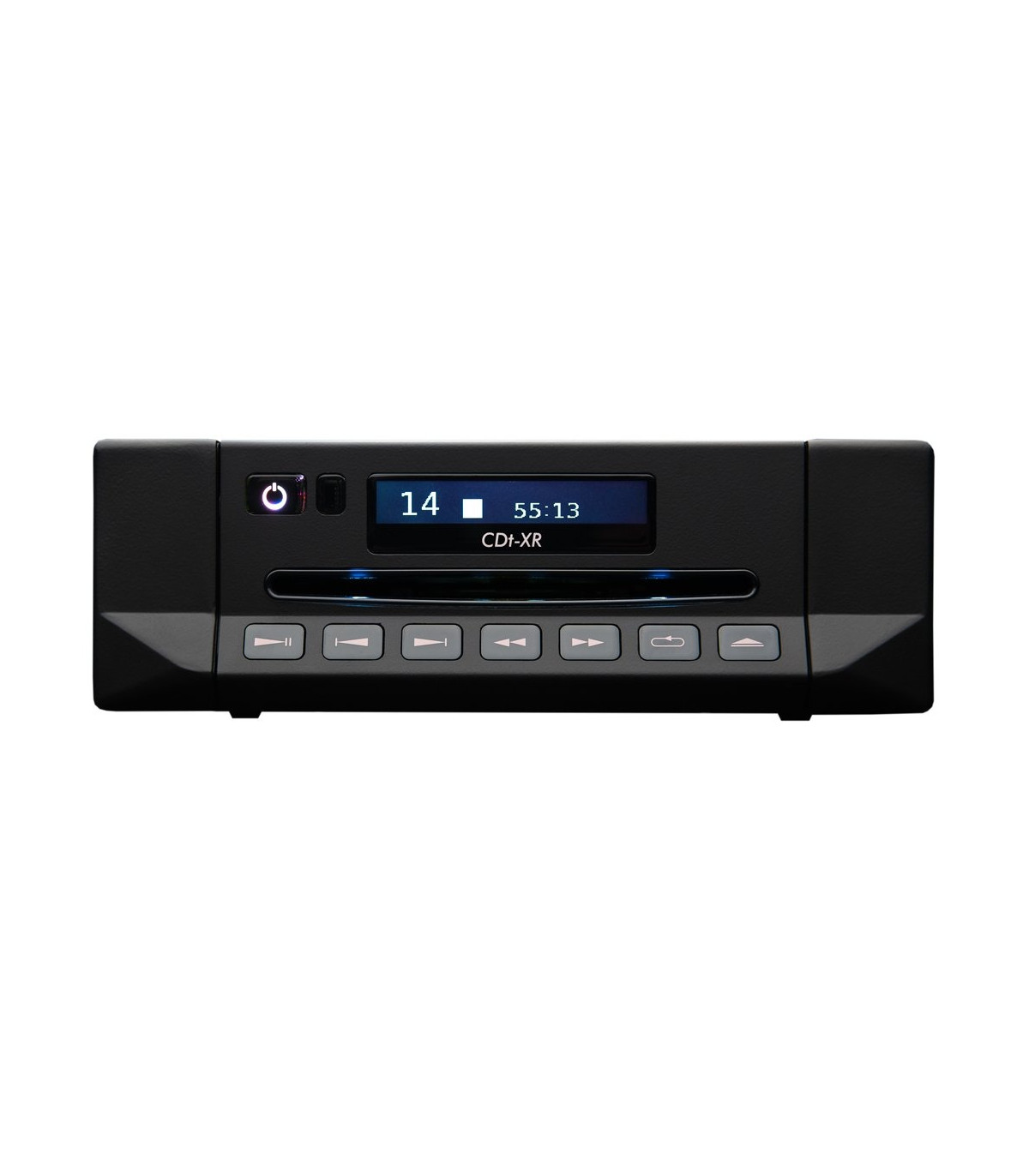











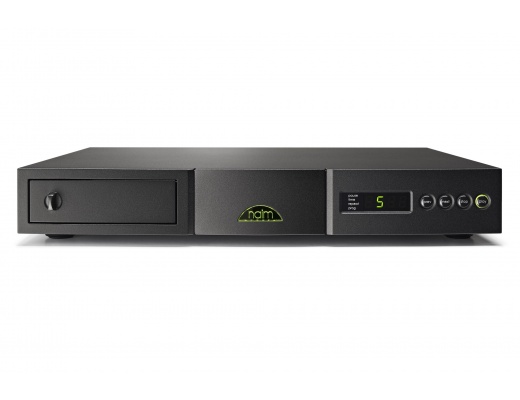

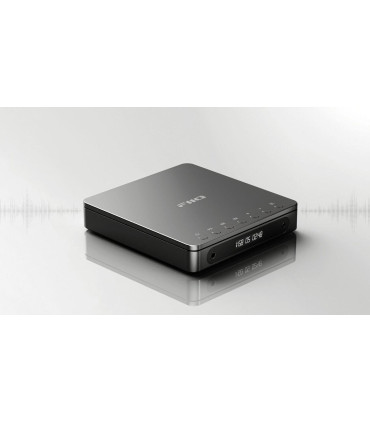
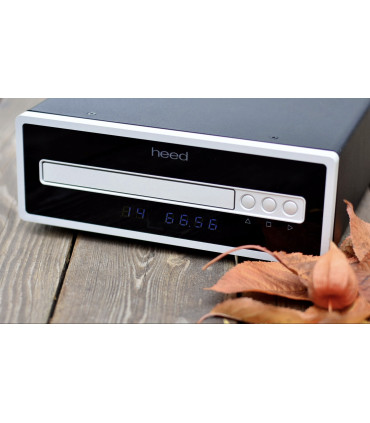
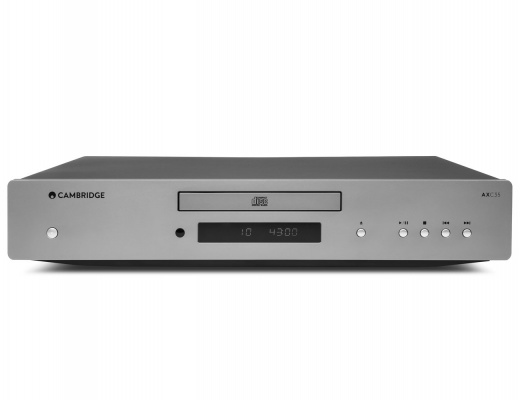
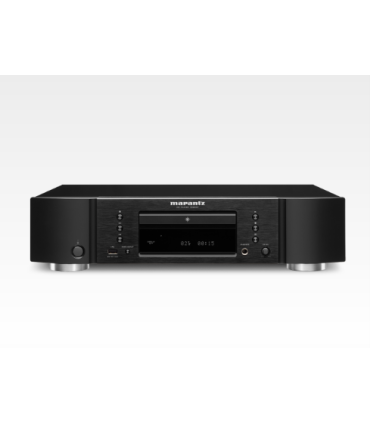

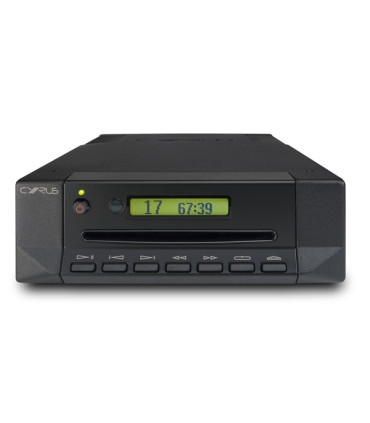
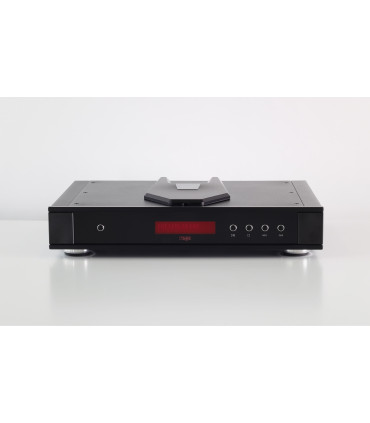


















Leave a review